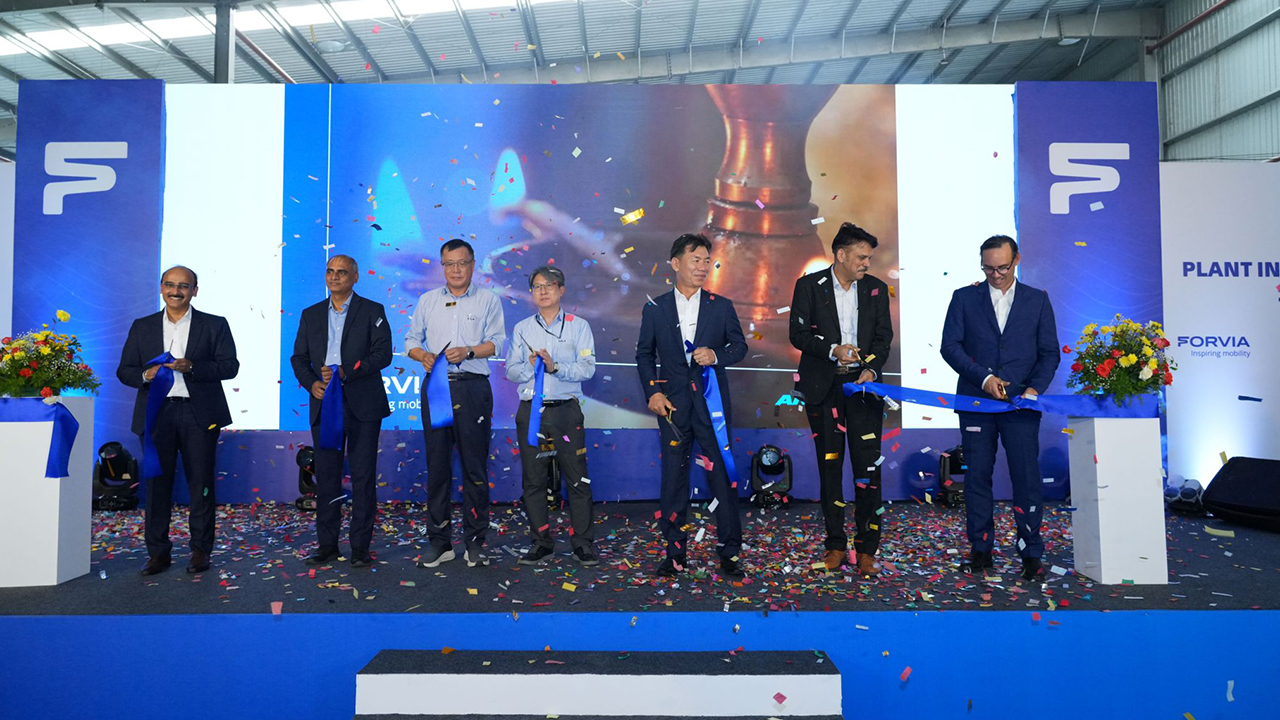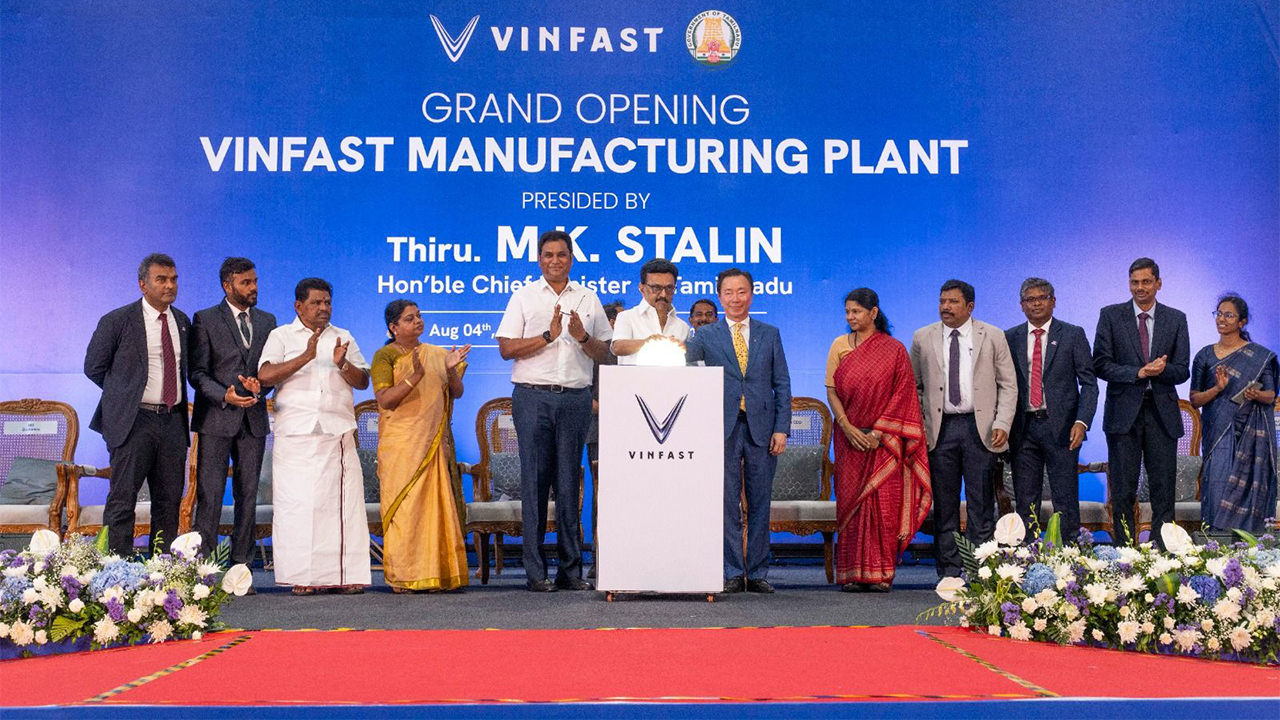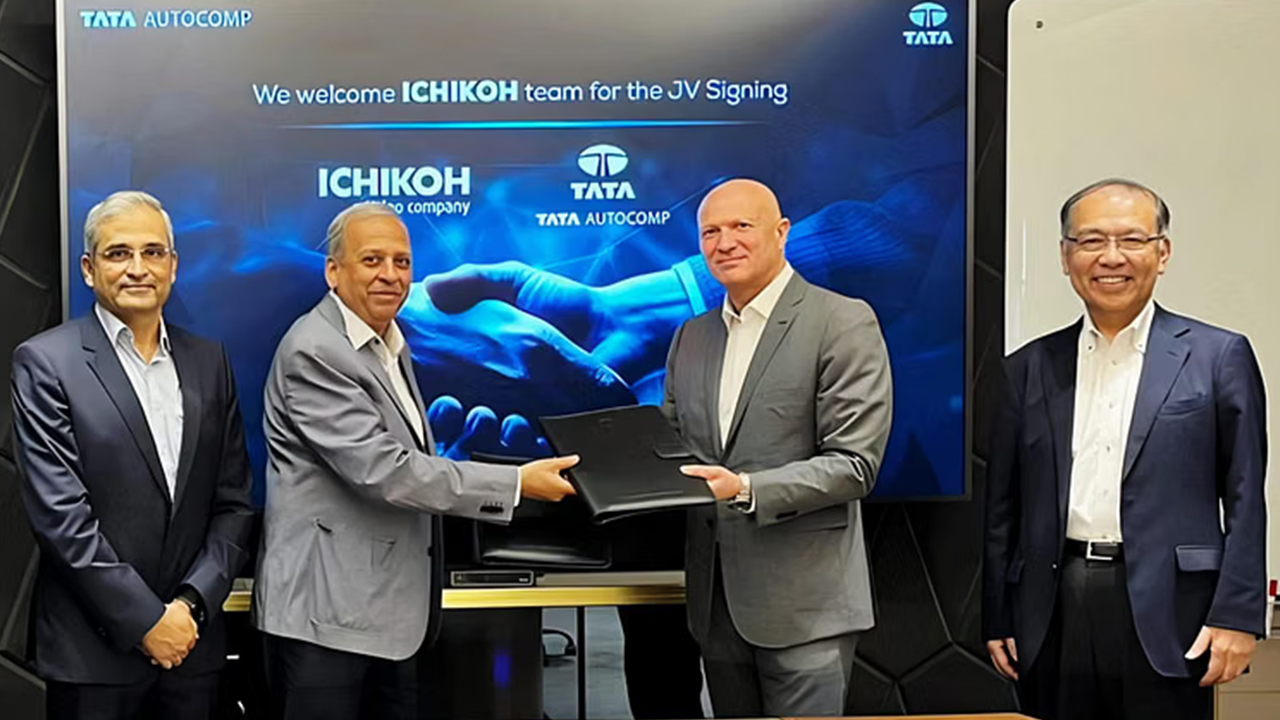How to Inspire and Attract the Next Generation Manufacturing Talent
#Automotive #IndustryInstitute #AutoComponentThe Indian manufacturing industry has been neglected for a very long time. The industry needs to focus on attracting the younger generation for making India a global manufacturing hub. Mr. Vivek Vikram Singh, MD & Group CEO, Sona Comstar reveals to Pro MFG Media, the challenges faced by the industry to attract talent.
The current picture of the manufacturing industry is painted with dull and outdated colors. The imagination of a manufacturing factory instantly brings up an image of a traditional job with dust flying, old distorted painted walls, squeals of machines, air absorbed in the dirt, and the heat of neck scorching furnaces which definitely doesn’t paint an appealing picture of a workstation. The entire industry faces the challenge of perception build over the years.
The manufacturing industry is considered inferior as Indian culture frowns upon manual labor. It is a deep-seated cultural issue and should be considered as a grassroot level issue. The cheap manpower and the culture of an outsourcing house help can be the root cause of the mindset developed over the years. A person working in an air-conditioned office, even with a minimum wage, is highly respected in the country but, an operator working in a factory with a decent package will not receive the deserved respect. We can witness even in the most respected educational institutions such as IIT students choose the finance sector for the future. Apart from that, money plays a crucial role in attracting young students to opt for it as their career. The financial sector’s business is money, thus paying a good sum of money to the employees is easier compared to the manufacturing industry.
The organizations in the manufacturing sector are bringing various changes and are introducing new structures such as a performance management system to create continuous recognition in the organization. The younger generation appreciates quick recognition and rewards since it acts as dopamine. Sona Comstar has initiated Intranet on the similar lines of Facebook, which provides instant recognition in the public. They have also increased the share of variable pay from 25% to 30% to keep the motivation high at all times.
India, as a country, will have to change its mindset towards manual work, which is a long withstanding dream. Changing the perception in a short span of time will be a big struggle for Indians. Manufacturing is the sector which can create jobs and bring prosperity to interlands.
It is imperative to devise specific strategies that address the schism between youth employment preferences and labor market realities. As the nature of jobs and work changes with the Fourth Industrial Revolution, this gap is likely to widen. Moving forward, collaborations between various government agencies and ministries, the private sector, academic experts, training organizations, civil society, and youth themselves will be critical for enhancing young India’s potential. Our ability to meet the next generation’s aspirations is crucial in boosting labor productivity and driving inclusive growth.

NEWSLETTER
TRENDING ON PRO MFG
MORE FROM THE SECTION








